The Camino day starts at 5am when the first pilgrims start to stir. I HATE mornings, so every morning I stubbornly refused to join the early risers. I hid my head under the pillow desperately trying to ignore the rustling of bags, the lit mobile phones acting as torches, and the not so quiet whisperings, for one more hour before reluctantly leaving the comforts of my bunk bed.
About 10 to 6 I finally give in to the new walking day. In the dark I put on the clothes I had arranged the night before; clean undies, semi-clean walking trousers and a semi-clean t-shirt. Throw water over my sleepy face, brush my teeth and tie-up my hair. I quickly pack my rucksack; everything in a set place, as it was the only way to keep tabs of my belongings. Finally, the foot ritual, to prevent blisters; compeeding my feet, always clean dry socks and lastly putting on my walking shoes. All this under the light of my mobile phone.
Breakfast was simply bread with jam, ham or cheese. Sometimes the hostel provided baguettes; other times I ate bread, purchased the night before, from one of the beautiful Spanish panaderias/bakeries.
After my quick brekkie, I’d get back on the road, following the markers that lead the way to Santiago. The first few hours, due to being refreshed after a night’s rest, I usually walked with company. You meet people from all walks of life, all parts of the world, all ages. The people you meet along the way is one of the things that makes the Camino de Santiago magical.
The first few days I walked through cool pine forests, but as I transversed further across Spain the landscape opened up to farmland. No shade; cloudless blue skies; dry, arid land just after harvest; sometimes a dying sunflower field; blackberry bushes bursting with ripe fruit lining the path. Absolutely stunning!
11am is tortilla time.
On reaching the next town I would either seek out a bar, locals already drinking beer – who drinks beer at 11am? or I would find an oasis in the middle of nowhere, to have a tortilla. Not the Mexican big, flat, round bread, but the Spanish kind; a very thick potato omelette, served with a piece of baguette. This would restore my energy to walk a few more hours.
Later in the day I generally walked alone, as slightly tired, it was lovely to walk at my own pace. I loved the freedom the Camino gave me, walking as slowly or quickly as I liked, taking breaks whenever I wanted to, not worrying about holding anyone up. Even though I’d walk alone I’d never felt alone; you would pass the same faces constantly throughout the day. Each time you passed someone, you’d wish each other “buen camino”, the standard pilgrim greeting meaning “good walking”.
Initially, I planned on carrying only 1 litre of water, but the Spanish sun was brutal and I didn’t want to risk dehydration, so I ended up carrying 1.5 litres. I drunk water constantly all day. At each village I topped at a water fountain. Since getting giardia on one of my trips, I am prone to stomach bugs, but I am living proof the fountain water in Spain is perfectly safe to drink. Drinking lots of water does pose one problem though, what goes in must come out. Surprisingly, there aren’t many toilets on the Camino, and I ended up watering quite a few bushes along the way.
6 hours into my walking day I usually began feeling tired. Different parts of my body started to ache; sometimes my hip would complain; then my achilles; some days my calf was not at all happy. To help me through the niggling pains I would think of some of the other crazy things I have done in my life, like running the London marathon or climbing to Everest Base Camp, then think to myself walking the Camino is nowhere near as bad as that and keep plodding on. Even though it was, at times, hard going, I felt very content and at peace with the world.
I loved approaching the villages and towns. You would see them afar, always with a church steeple towering above the houses. Then gradually as you walked, the village would get closer and closer and closer, until you are eventually winding through it’s old medieval streets.
On arriving in the final village/town of the day, I would be extremely weary, so the first thing I sorted out was a bed for the night. I stayed at the municipal albergues, the council run pilgrim hostels. They are very cheap ranging from 6-12€ ($9-18 AUD). I loved the municipal albergues because you see familiar faces and slowly over your Camino build up friendships. Also, you get the much needed stamp, in your credential, to prove your Camino.
Each day I prayed to the bottom bunk god and he listened 7 out of 9 nights, which was pretty good going. Exhausted from the days walk I’d crash on my bed for an hour. I never slept, but just chilled out, messaging everyone at home, so they knew I had arrived safely at my destination and writing notes in my diary.
After a rest, I’d shower, which can be an interesting affair in the municipals. Due to this part of Spain being so dry, the showers all had push taps that would only last a few seconds. It was a juggling act to soap yourself and keep the water running. Also, some of the shower rooms were communal, thankfully though females-only. Luckily I hadn’t had to share bathing with anyone, but it certainly speeds up your shower, just in case you do.
Not sure if that was another water saving strategy.
I always ensured I had clean undies and socks everyday, so they got a wash with me whilst showering; everything dried pretty quick under the Spanish sun, so they would be dry the next day. For the sake of the other pilgrims, all my clothes were also treated once to a washing machine.
All nice and clean, I changed into my evening clothes, which also doubled as my bed time attire, and headed for a wander in the local village/town. The villages are still very much traditional with greengrocers, butchers, bakeries, etc. It was great to see no big supermarket chains. I’d stock up on any snacks for the following day and on days when I felt awake enough, ingredients for cooking dinner. The albergues provided excellent cooking facilities and there was always free pasta/rice, left by other pilgrims. On the nights I was too tired too cooked, I opted for the pilgrim menu, which was a 3 course meal costing about 10€/$15AUD.
After dinner I’d go to bed, wake up and the next day do the same thing all over again.
I have done many walks in my life time, but my short time on the Camino de Santiago has touched me the most. This is a typical day; however, there is a certain magic about the Camino, which I have not been able to capture in words. The people you meet; the calm you feel; the amazing scenery; maybe St James – I don’t what, but there is something special about the Camino. It is certainly a road where miracles happen.

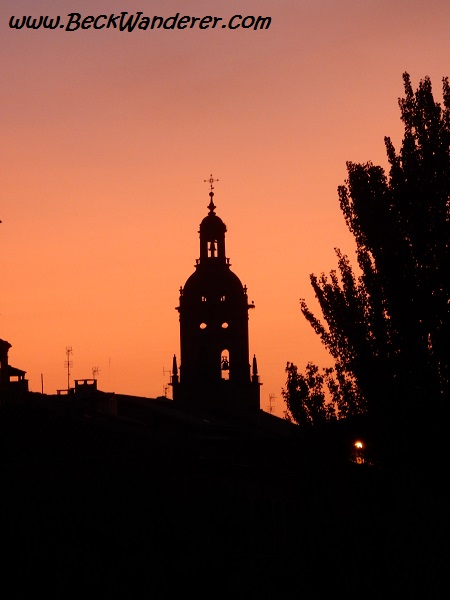



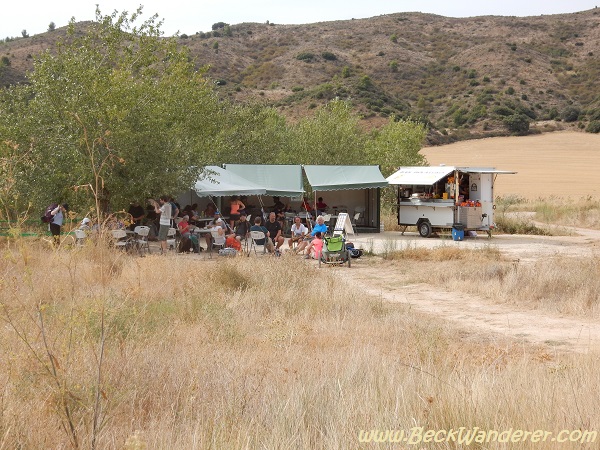
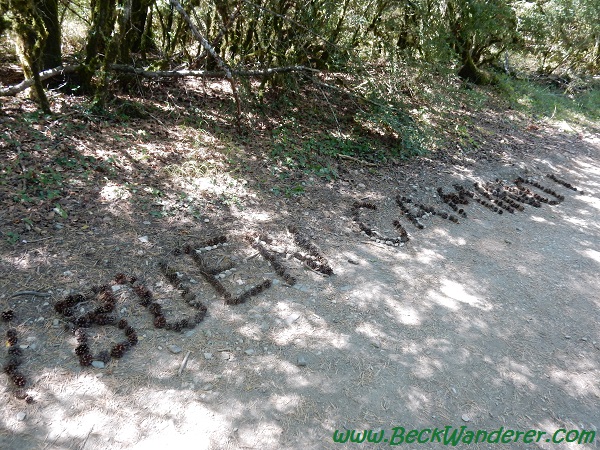
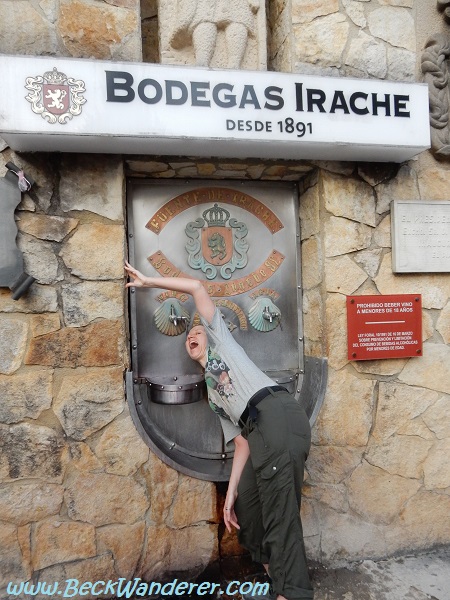
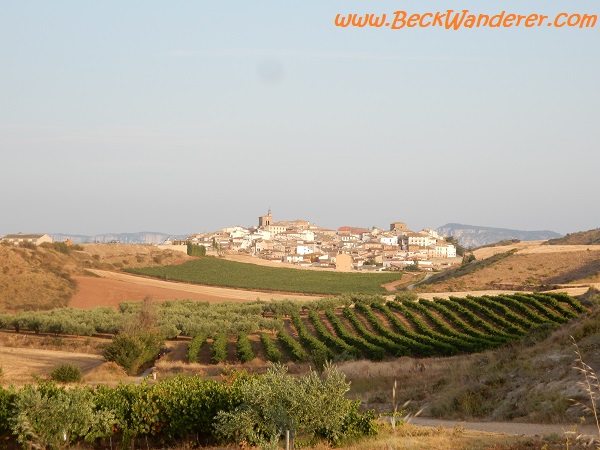
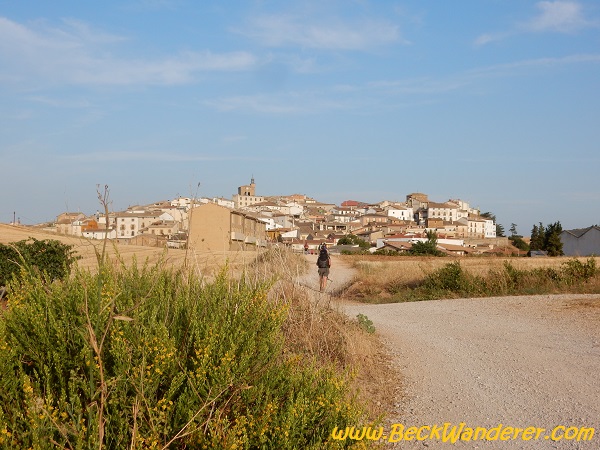
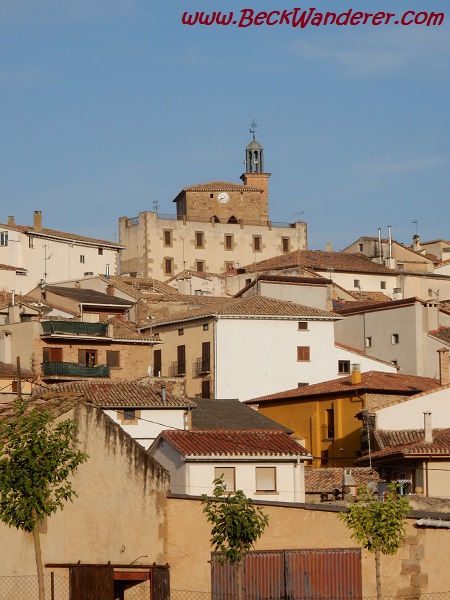
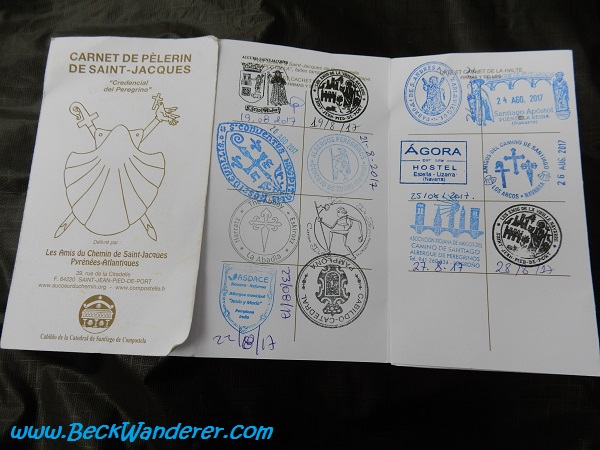
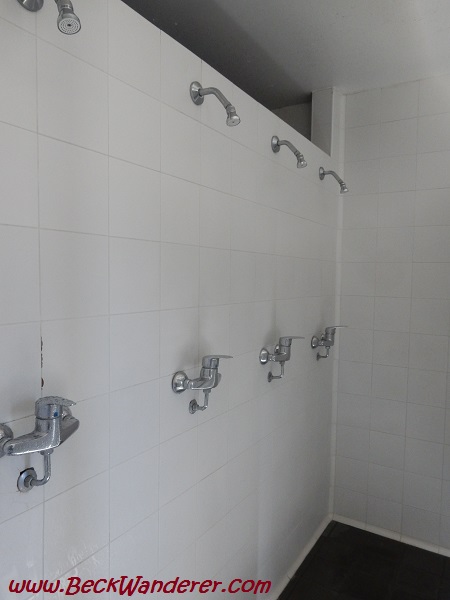
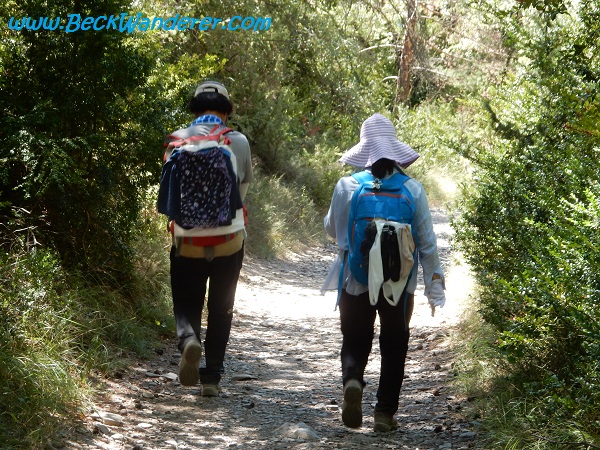
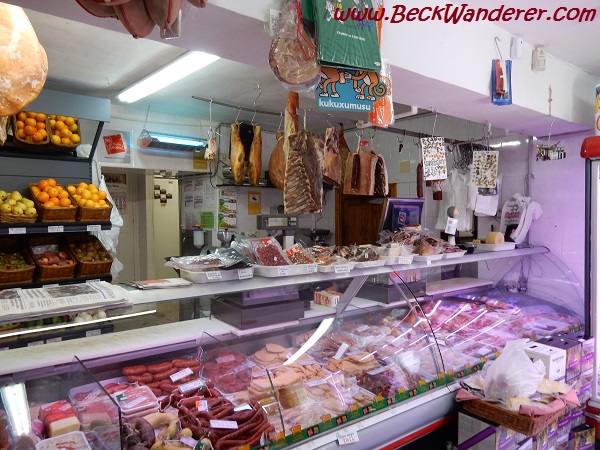
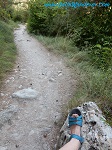 A NOT So Typical Day on the Camino
A NOT So Typical Day on the Camino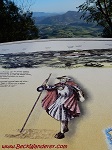 On the Way to Santiago – St Jean Pied de Port
On the Way to Santiago – St Jean Pied de Port On the Way to Santiago – Paris Part 2
On the Way to Santiago – Paris Part 2